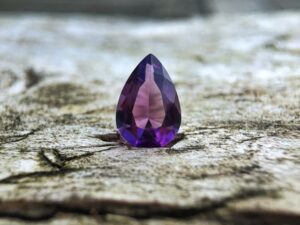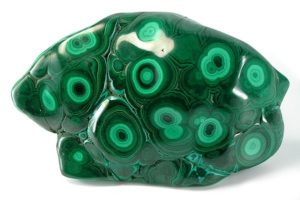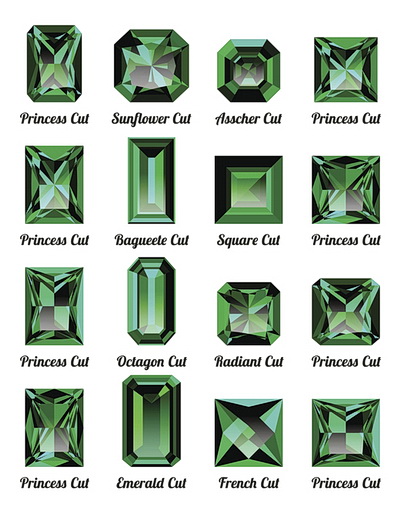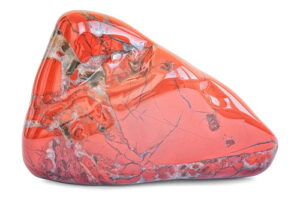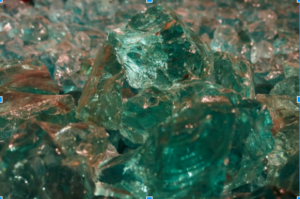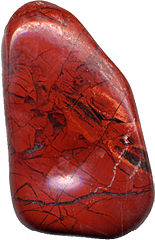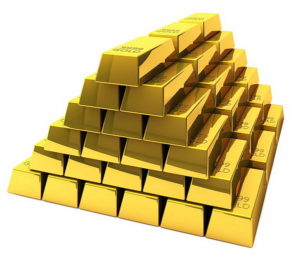 Geologists suggest that gold has always been the most sought-after element to be mined, as compared to other metals and minerals. This indicates that the preciousness of this mineral was recognized since the beginning of human existence, which eventually resulted in gold becoming a premium currency.
Geologists suggest that gold has always been the most sought-after element to be mined, as compared to other metals and minerals. This indicates that the preciousness of this mineral was recognized since the beginning of human existence, which eventually resulted in gold becoming a premium currency.
From the Beginning to 2024
There is no doubt that gold has increased in value substantially. Records going back to just 1973 up to today visually depict this.
In this article, we will follow the historical track of gold being used as a currency. We will also provide you with a modern rationale as to why gold has become the most suitable element for the backing of paper currency.
Historical Traces of Gold Being Used as Currency
In 300 BC, the ancient Egyptians began using gold as a commodity. Before that, trading goods, such as food and clothing was the preferred method of exchange.
In 50 BC, ancient Romans issued the first gold coin, which used the element as currency, replacing the barter system. After that, gold was used by different kingdoms and civilizations around the world. In 1284 AD, gold currency was issued in different major European countries.
In 1792 AD, the United States adopted the silver-gold standard monetary system. This system established the value of the dollar concerning the amount of gold and silver available.
Four Chemical Qualifications for an Element to Become Suitable as Currency
Four chemical characteristics should be possessed by an element to stand as an option for currency. It will be interesting to see how gold has constantly been favored as currency, because it meets all of those four chemical qualities, while others fail to do so.
Should Have a Definite Shape
Many elements naturally occur in the gaseous and liquid state of matter. Their indefinite shape and volume make them unfeasible to be exchanged as currency, which means that plenty of elements become unfit for the purpose due to their criteria alone.
Should Not be Reactive and Corrosive
Many elemental metals are knocked out due to this criterion. Most of them are reactive as well as prone to corrosion. For instance, lithium ignites when it is exposed to the external environment. Iron and copper are subject to severe corrosion. 38 elements become ineligible to be used as currency due to these characteristics.
Gold, on the other hand, doesn’t corrode and it is way less reactive to other elements or nature.
Can’t be Radioactive
To be used as currency, elements possessing radioactive characteristics can’t be selected. There are two major reasons for this.
- Radioactive elements radiate away, which means they lose their mass with time. They can’t be retained in their actual form if placed openly.
- Radiations emitted by these elements are harmful to human life.
There is no way that something that depreciates so fast, or something that can harm people can ever be used as currency, irrespective of their value. Plutonium, for instance, is very expensive but equally dangerous. Two rows of the periodic table get out of the currency race because they are radioactive.
Rarity
We are left with nearly 30 elements that pass the above three measures. These 30 elements are stable enough to represent money. However, almost all of them except three fail to meet the fourth qualification of being rare.
An element needs to be rare so that it can be valued as currency, otherwise, everyone would have it, and valuing currency would become impossible.
So which three elements are left in the end? Silver, platinum, and gold!
- Silver has been used as currency but it couldn’t sustain its position for long because it tarnishes easily
- Platinum on the other hand has a melting point of 3000 degrees Fahrenheit. It can’t be melted in traditional furnaces which were used by ancient civilizations to make coins.
As you can see, we are eventually left with only one element which is the most suitable among all the 115 known elements.
Apart from these chemical properties, some other characteristics of gold made it popular throughout history as currency.
- It can easily be tested for its purity anywhere in the world without much hassle.
- The production of gold throughout history has remained stable. This means gold has succeeded in remaining available while maintaining its status of being rare.
- Unlike other valuable items like oil and diamonds, gold only comes in one grade which makes it convenient to use as currency.
- Gold doesn’t have industrial and commercial uses like other metals and minerals which makes it suitable to be used as currency.
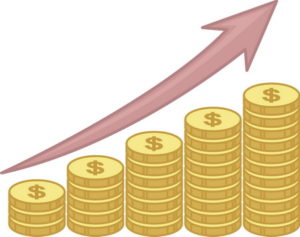
Where is the World’s Gold Kept?
You may be surprised that the largest volume of gold is not kept at Fort Knox, although this facility does contain quite a lot of it. The location where the largest amount of gold is stored is at the Federal Reserve Bank in Lower Manhattan, NYC, and is considered one of the most secure buildings in the world. The United States owns 2% to 5% and the rest by other countries around the world.

International trading is done here, as gold is moved around the vault continuously. The barter process is as follows: Canada is buying something from Germany for a certain price. To complete the transaction, that agreed-upon amount of gold is physically moved from Canadian ownership to German ownership. No human touches these precious stones. They are moved around by robots. Of course, this example is simplified, but you get the picture.
Conclusion
Gold is a primary commodity in the trade market. The prices fluctuate a few dollars each day but remain stable. In the event of a world incident, such as a war, gold may skyrocket to new heights or the opposite may occur, should the dollar gain substantial new strength, but when instability occurs, you can count on the mineral gold to strengthen in price. Gold remains to be the strongest and healthiest commodity for trading and safe keeping. Many people buy gold as a buffer, should a world event occur that may threaten the global economy.

